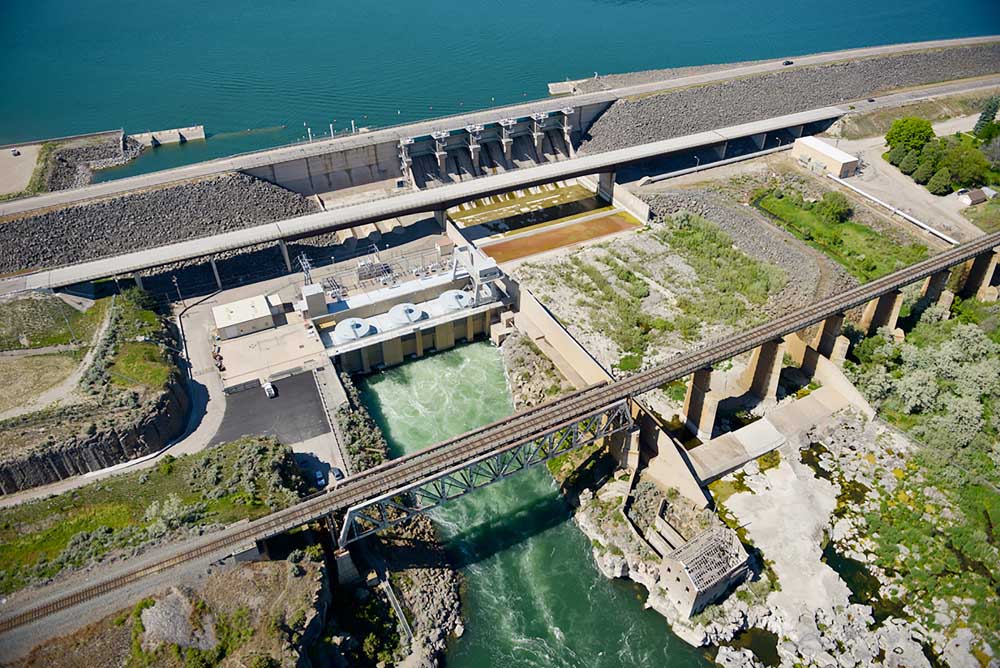$24 million study to look at future energy, water use in Idaho
Published 4:00 pm Monday, May 8, 2023

- The American Falls Dam, where improvements are set to conclude by the end of September.
Idaho researchers will receive $24 million for a new project looking at how energy and water use in the state will be impacted by changes in the climate, the increasing population and new technology.
Researchers from the University of Idaho, Boise State University, Idaho State University, the Coeur d’Alene Tribe and the Shoshone Bannock Tribes are working with utility companies, state and federal government agencies, and cities and counties.
In the “Idaho Community-Engaged Resilience for Energy-Water Systems Project,” researchers will identify energy and water use strategies that will be resilient and adapt to Idaho’s changing needs based on feedback from communities.
The work is necessary now “because the intersection of water and energy issues is critical to Idaho’s people, industries and livelihoods,” principal investigator Andrew Kliskey, a University of Idaho professor, said in a UI release. “It demonstrates big-picture, use-inspired, science-informed approaches.”
Water, through hydroelectric and other power generation, produces more energy in Idaho than other sources. The state will need to balance demand for water — availability of which is limited by drought and climate change — and energy as the population increases, technology advances and community priorities evolve, according to the researchers.
A variety of ecosystems, communities and management practices makes the state ideal for the study, Kliskey said.
“We have everything from the semi-arid south to northern temperate forests and a cross section of rural towns, Native American communities and urban centers,” he said. “By having such a variety of case studies, we hope our findings will be helpful for many communities across the West as they plan.”
Researchers will probe how social systems, such as government decision-making and local knowledge, inform how urban, rural and tribal communities handle energy and water use challenges, according to the release.
Idaho communities will have direct access to findings as they emerge. By working with communities, “we think the resulting energy and water use strategies will be more effective and equitable,” Kliskey said.
Public involvement during the planning stage greatly increases the likelihood that the community will support and carry out sustainable strategies, he said.
Co-principal investigators are UI Professors Karla Eitel and Alistair Smith, BSU Associate Professor Kathleen Araujo and ISU Professor Donna Lybecker.
Funding is a five-year, $20 million award from the National Science Foundation and $4 million from the state.
Research money from NSF “will help Idaho identify solutions to some of the most pressing questions our state faces — water and energy resiliency,” Gov. Brad Little said.






